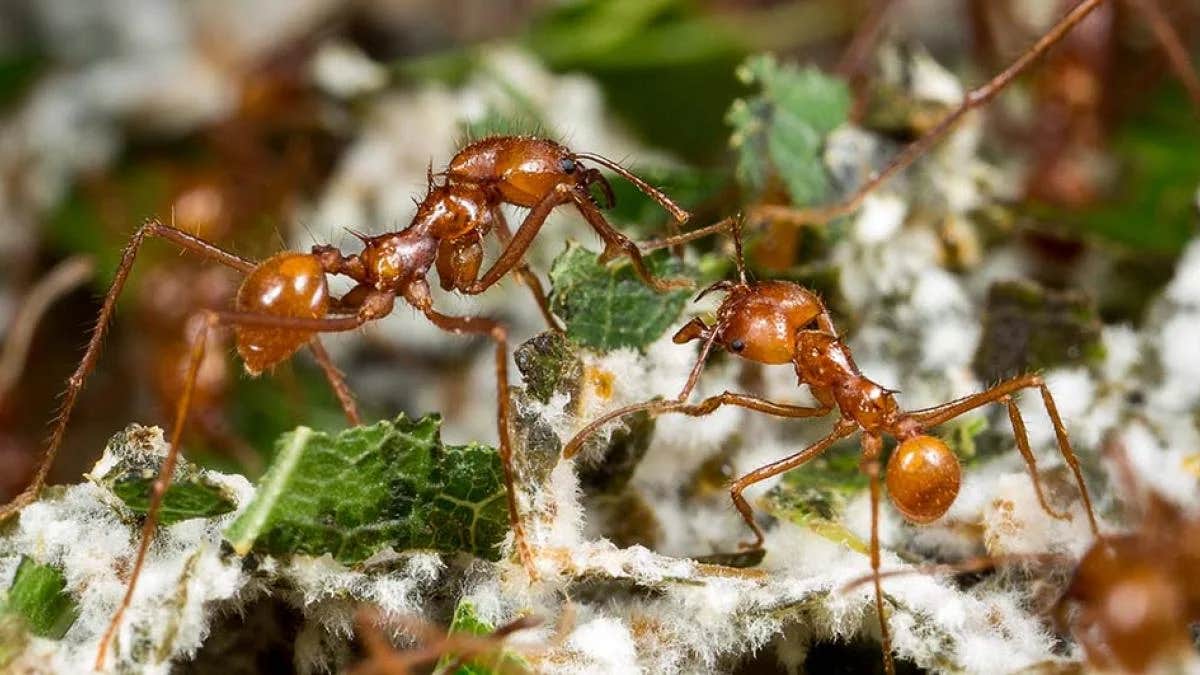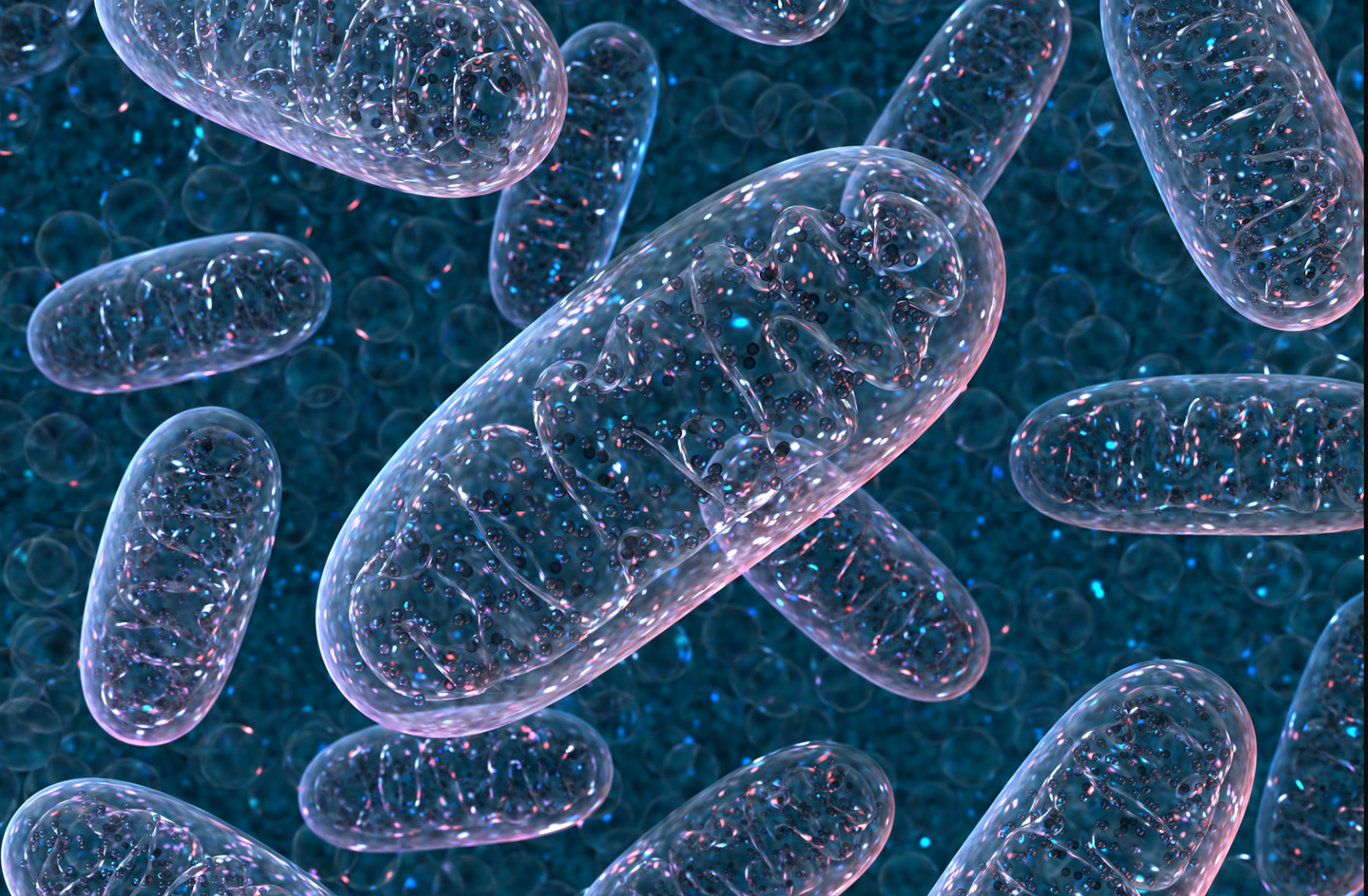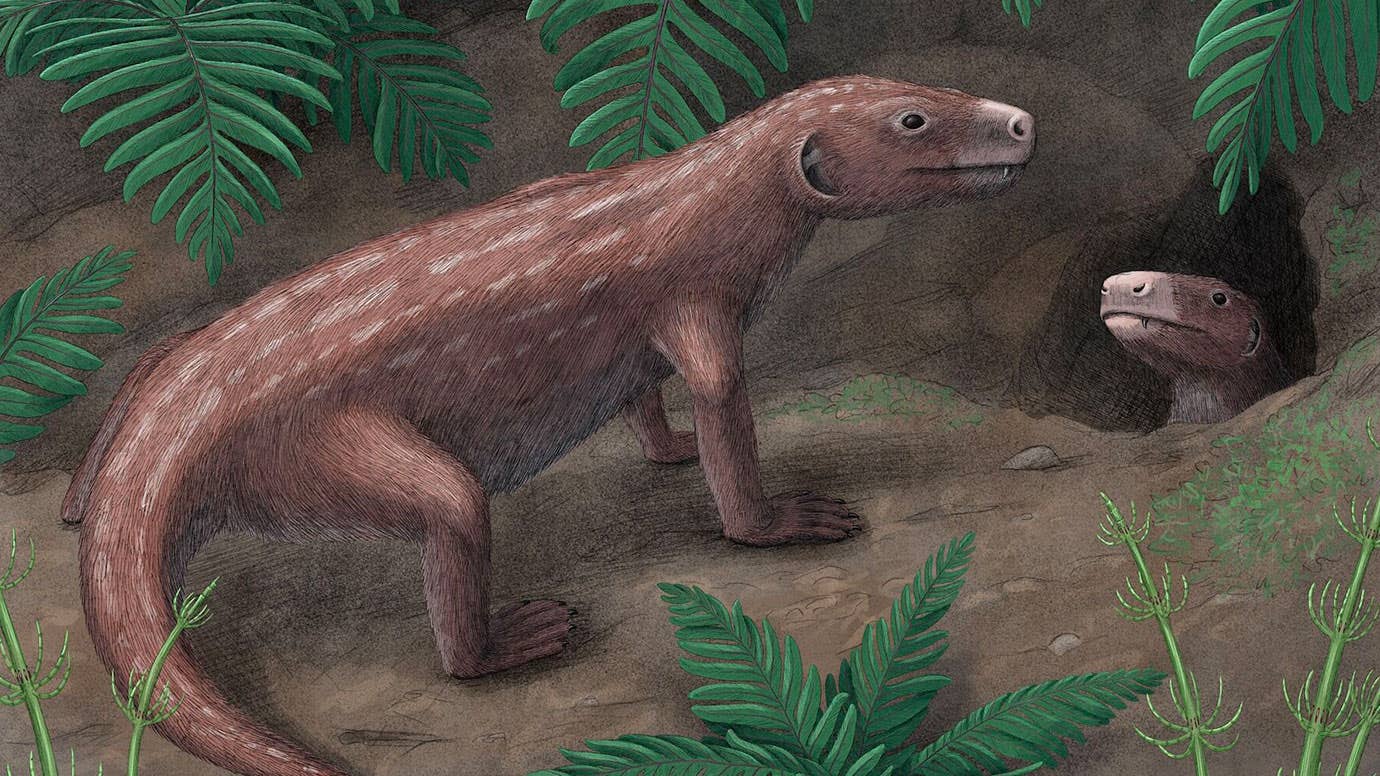Asteroid that wiped out the dinosaurs turned ants into farmers 66 million years ago
A study reveals how the dinosaur extinction paved the way for fungi-ant farming mutualism, offering insights into evolutionary biotechnology.

Leaf-cutter ants (Atta cephalotes) collect and carry leaves to the colony. (CREDIT: CC BY-SA 3.0)
Some 66 million years ago, the catastrophic event that wiped out the dinosaurs sparked the beginning of a unique relationship between fungi and ants. The aftermath of a meteor impact darkened the skies and reduced plant life, creating an abundance of decaying organic matter.
This environment provided a perfect opportunity for fungi to thrive. These conditions also fostered an intriguing development: a group of ants began cultivating fungi as a food source, setting the stage for a remarkable form of symbiosis that continues to evolve today.
A recent study published in the journal Science has provided new insights into this relationship, offering a clearer timeline for the emergence of fungus-farming ants. The work, led by scientists from São Paulo State University (UNESP) in Brazil, focused on the genetic history of the fungi cultivated by ants across the Americas.
Researchers analyzed ultraconserved elements (UCEs) in the genomes of 475 fungal species. UCEs are specific regions of DNA that remain relatively unchanged over long periods of evolution, making them useful for tracing the ancestry of species.
By examining variations in regions adjacent to these elements, the team was able to trace the evolutionary lines of these fungi with unprecedented precision.
According to André Rodrigues, a professor at UNESP and one of the study's authors, this research has narrowed the margin of error for determining when these fungal strains first emerged. "The origin of fungus-farming ants was relatively well understood, but a more precise timeline for these microorganisms was lacking," Rodrigues explains.
The analysis suggests that around 66 million years ago, two distinct fungal lineages emerged from a common ancestor. This time period aligns with the extinction event that ended the age of the dinosaurs, hinting that the environmental changes may have driven the early stages of this ant-fungal symbiosis.
Related Stories
The mutualism between ants and fungi is thought to have marked the beginning of agriculture—tens of millions of years before humans began cultivating plants around 12,000 years ago. One lineage that developed after the meteor impact includes the fungi that leafcutter ants still farm today.
Another group of fungi, called coral fungi due to their resemblance to sea coral, began to be cultivated by ants about 21 million years ago. The mutual benefits of this relationship have since evolved, with ants depending on the fungi for nourishment while the fungi rely on ants for propagation and sustenance.
This relationship likely started as a more casual interaction. Ants living near fungi may have fed on the fungi or their byproducts, but the fungi weren’t a primary food source at first. However, the environmental pressure following the meteor impact likely pushed ants and fungi into a more dependent relationship. As organic matter became more plentiful, ants started actively cultivating fungi for food, while the fungi adapted to thrive under the care of ants.
"These fungi weren’t originally essential to the ants' diet," Rodrigues explains, "but the impact of the meteor and the changes it caused may have shifted this relationship into an obligatory mutualism." In this arrangement, ants became dependent on the fungi for their food supply, while the fungi needed the ants to continue reproducing and feeding.
Today, four distinct groups of ants cultivate four types of fungus. In some cases, ants even influence how the fungi grow to maximize nutritional content. Pepijn Wilhelmus Kooij, another researcher involved in the study, notes how one type of fungus cultivated by ants changes form within their colonies.
"When we cultivate them in the lab, the fungi take the expected form of hyphae," says Kooij. "But inside the colony, one type of hyphae becomes swollen, forming structures similar to grape clusters, which are rich in sugars. We still don’t know how the ants manage this transformation."
The emergence of this symbiotic relationship between ants and fungi points to a significant evolutionary adaptation. Mauricio Bacci Junior, another co-author of the paper, suggests that the origin of fungus farming likely helped ants survive nutritional shortages during a critical time in their evolutionary history.
As plants and animals died off after the meteor impact, ants that already had a rudimentary relationship with fungi found that cultivating these organisms offered a reliable food source. The fungi, in turn, decomposed the organic matter carried by ants and provided them with nutrients they couldn’t obtain elsewhere. "It’s as if the fungus were the insect’s external stomach," Bacci Junior explains.
Following this initial adaptation, fungus-farming ants, which originally thrived in humid forests, faced another selective pressure around 27 million years ago when the Cerrado, a savanna-like biome, expanded in South America. The more open and arid environment spurred diversification among these agricultural ants, leading to the evolution of the leafcutter ants we see today.
This change also drove the fungi they cultivated to become more efficient at both decomposing organic matter and producing food for the ants.
Remarkably, the enzymes produced by these fungi are now being studied for their biotechnological potential. Not only do they efficiently break down organic material, but they may also have the ability to degrade synthetic materials, including plastics. This aspect of the ant-fungal relationship could hold valuable insights for modern sustainability efforts, particularly in addressing the growing issue of plastic waste.
The study underscores the complexity and longevity of mutualism in nature, providing a deeper understanding of how species can adapt to environmental changes in surprising ways. It also highlights how ancient evolutionary processes can have far-reaching implications, even for modern technological advancements.
Note: Materials provided above by The Brighter Side of News. Content may be edited for style and length.
Like these kind of feel good stories? Get The Brighter Side of News' newsletter.



